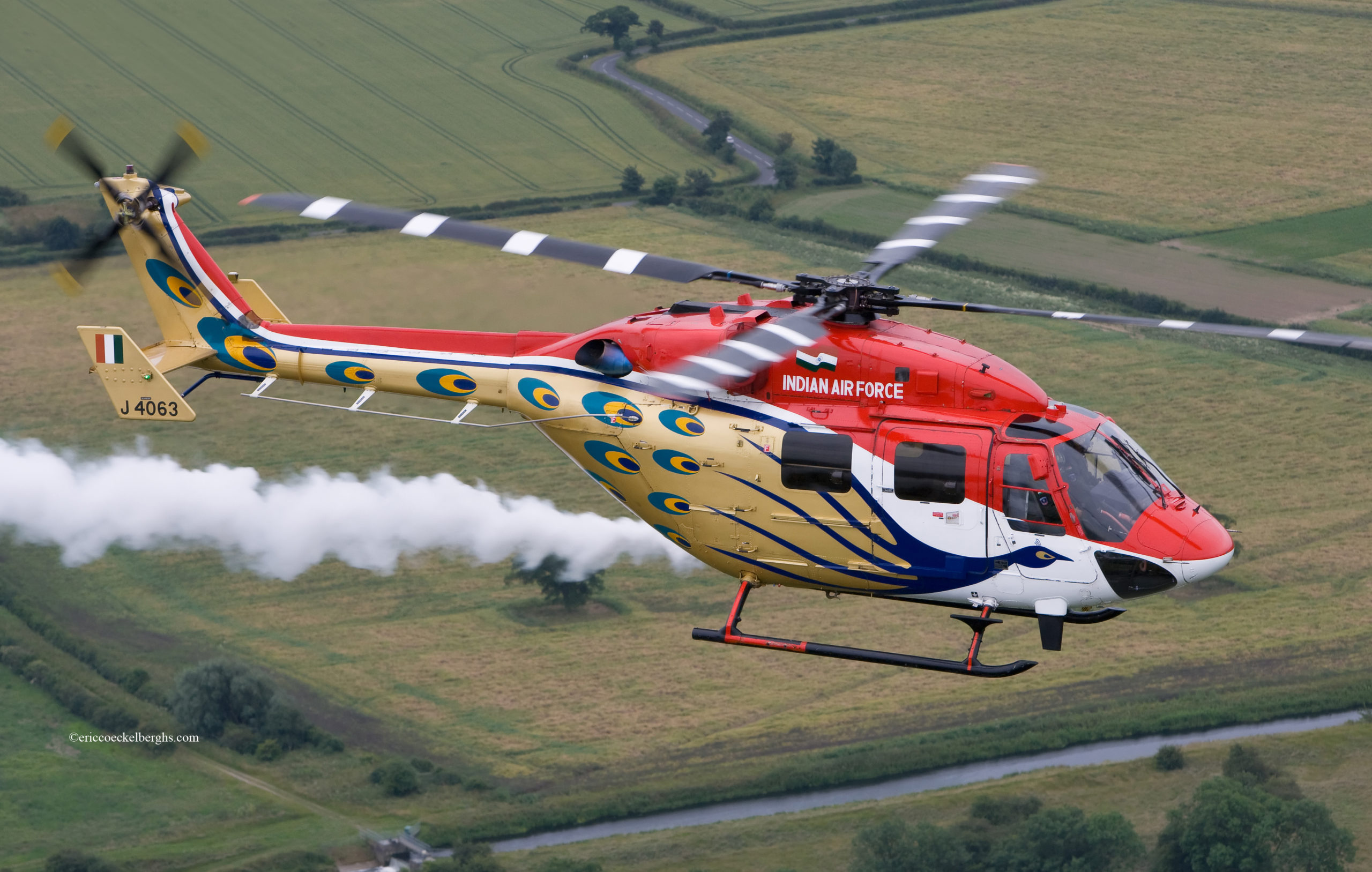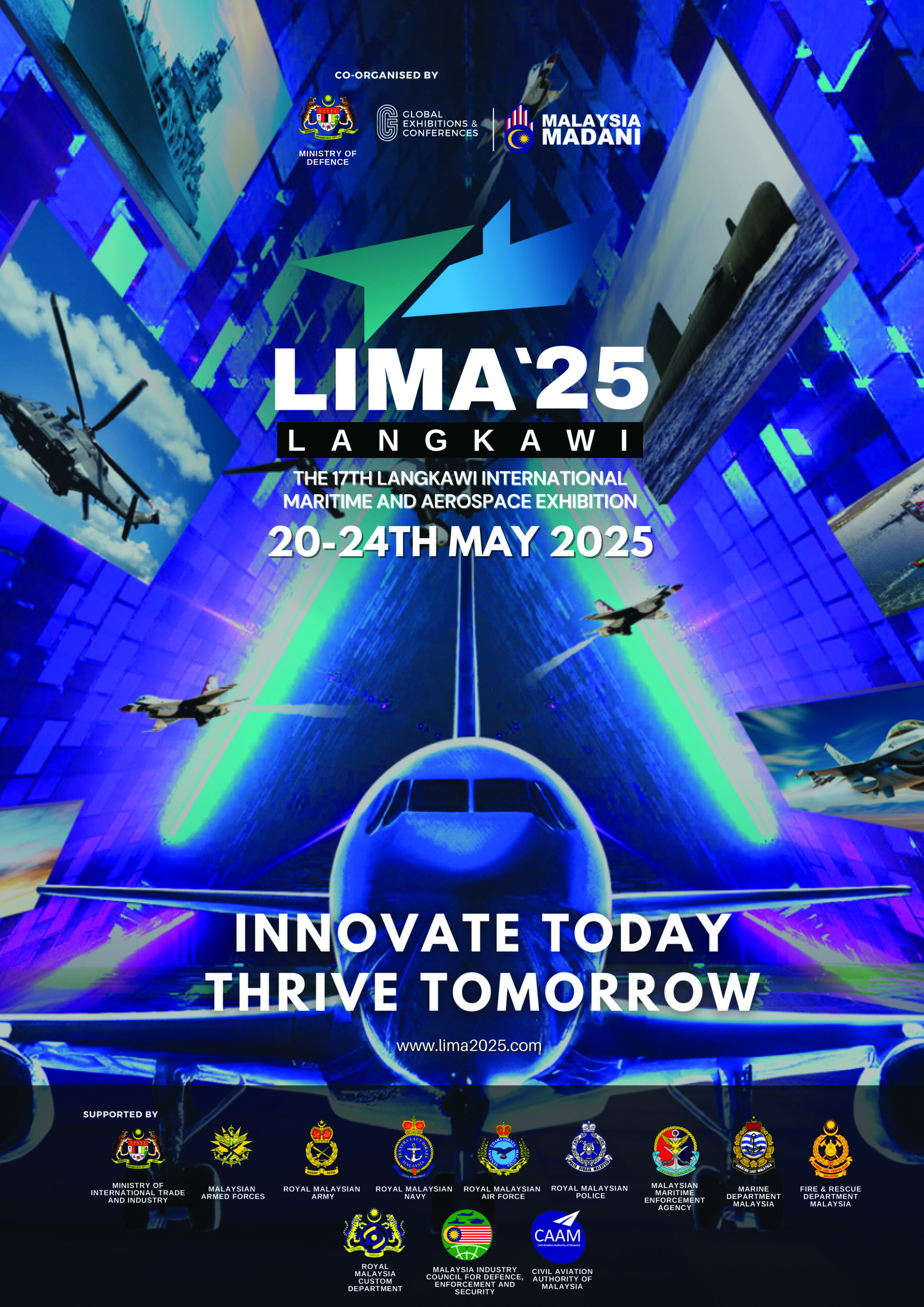
The Indian Air Force (IAF) is committed to the development of Advanced Medium Combat Aircraft (AMCA) with an aim to incorporate contemporary sixth-generation capabilities and sensors in a fifth generation platform. To enhance the IAF’s capability to detect the drones with due regard to emerging threats, the force has been working on capability development and acquisition in this field. IAF puts its thrust on the indigenous development of UAS/ Counter UAS technologies.
“People’s Liberation Army Air Force (PLAAF) continues to focus on strengthening its operational infrastructure along the Line of Actual Control (LAC). We are looking forward to a peaceful de-escalation and disengagement process. That being said IAF is ready to respond in case of any eventuality,” said Air Chief Marshal Vivek Ram Chaudhari, Chief of the Air Staff (CAS), Indian Air Force. In an interview with Aeromag, the IAF chief talks about the force’s focus on indigenisation, new inductions, and plans along the LAC.
Shall we begin with the question of the new synergy in the defence ecosystem with a substantial budgetary allocation for indigenous fighter aircraft and how it enhances the Air Force combat capability?
The budgetary allocation for an indigenous fighter aircraft is a major boost to the industry and the Indian aviation ecosystem. The indigenization initiative is not limited to fighter aircraft but also in trainers, combat-helicopters and other niche and advanced technologies that aid network-centric warfare capabilities. The IAF has inducted several indigenous pieces of equipment across varied domains like radars, missiles, network systems, weapons and this is bound to increase as the industry evolves with advanced technological capabilities.

In view of the integration of advanced electronic warfare systems, sensors, radars and superior weapons, how would you assess the pace of development of LCA Mk 1A and AMCA, India’s fifth generation fighter?
We have made steady progress in operationalising indigenous technology for sensors, radars and EW systems. The Tejas versions would accrue benefits from this initiative. The IAF is committed to the development of Advanced Medium Combat Aircraft (AMCA) with an aim to incorporate contemporary sixth-generation capabilities and sensors in a fifth generation platform.
Now that drone technology has significantly added a new dynamic to conflicts and terror threats, how capable are we in countering drone strikes and how fast can we adapt to novel combat features of drone warfare?
The current radar pickup of the IAF is being augmented by varied Counter Drone Systems and drone radars are being inducted. In addition, feasibility of modification of the existing radars to pick up the low RGB targets like drones is being evaluated along with DRDO. This will enhance the IAF’s capability to detect the drones. We have been working on capability development and acquisition in this field with due regard to emerging threats. Our thrust has been on indigenous development of UAS/ Counter UAS technologies. Procurement of the subject systems is being undertaken through indigenous route under well-defined Defence Acquisition Procedure (DAP-2020).
In the backdrop of the centenary celebrations of the Chinese Communist Party and its added euphoria in the Peoples’ Liberation Army, do you see any dramatic change from the part of China in Ladakh or any other sector of concern — like strengthening of operational infrastructure, or deployment affecting de-escalation and disengagement?
The People’s Liberation Army Air Force (PLAAF) continues to focus on strengthening its operational infrastructure along the LAC. The developments are being closely monitored. We are looking forward to a peaceful de-escalation and disengagement process. That being said IAF is ready to respond in case of any eventuality.
We have been hearing about Integrated Theatre Command structure as part of reforms. For the Indian Air Force what are the positive elements of transformation and what are the major challenges?
The transformation will enhance the joined role of the forces in planning and coordinated execution at the highest level. This is the most important higher defence reform which will dictate the way we fight in the future and IAF is fully committed to it. Defining futuristic military capabilities in light of asymmetric threats and dovetailing CONOPS, the work on joint Commands is an exhaustive exercise. An optimum solution is envisaged to emerge out of consensus catering to exploiting the strengths of individual service doctrines.

Looking forward, what are your major proposals for certain critical areas and improving operational training methodology amid all the devastation and challenges of the pandemic?
Our focus is to retain our capability by taking strict measures to protect our human resource in these challenging times. We have taken measures to ramp up our capability by instituting pandemic protocols to maintain the operational edge. The pandemic has defined new normal in the conduct of operations. Digitalization has been instrumental in aiding conduct of operational training and battle inoculation exercises. We have enhanced several online training modules which were implemented during the pandemic, and are now in a position to take much of our academic and theory training online. We are also expanding the scope of virtual reality and similar aids, as well as optimising our training cycle for better efficiencies.

















